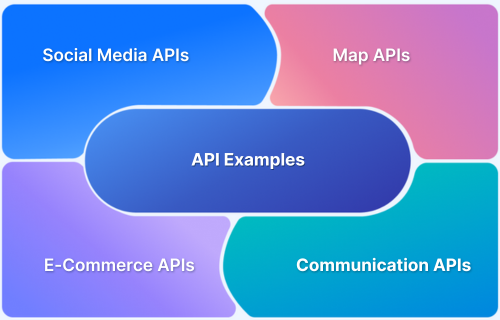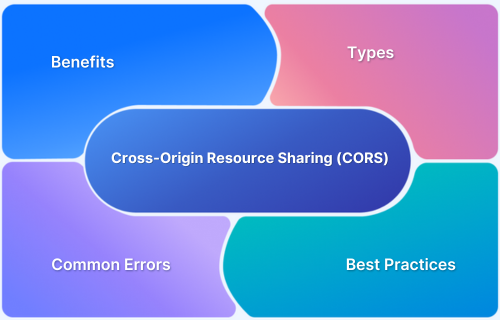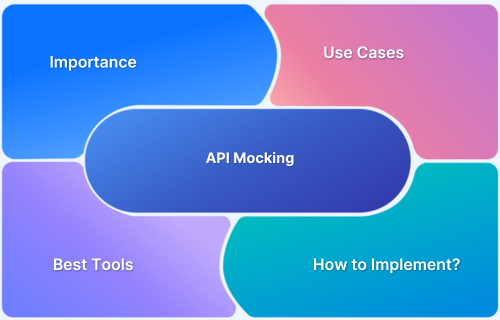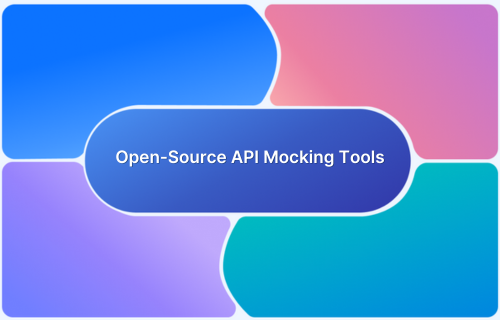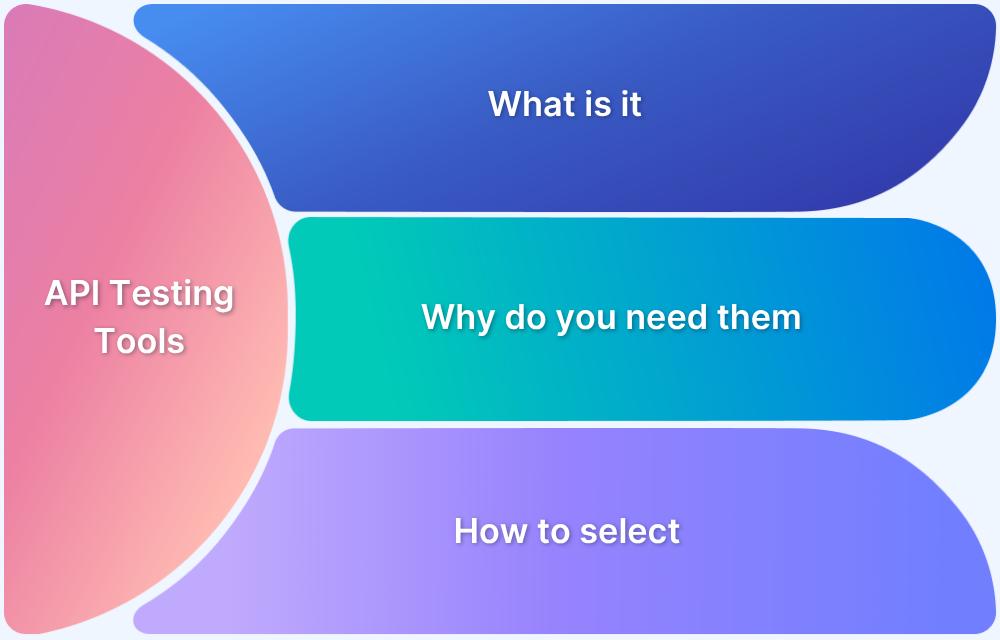Modern applications demand flexible, efficient, and scalable APIs. GraphQL, when paired with Node.js, offers developers a powerful way to build data-driven backends that cater to diverse client needs.
GraphQL is a query language for APIs that lets clients request exactly the data they need. It solves the problem of overfetching and underfetching common in REST APIs. Node.js is a lightweight, event-driven JavaScript runtime designed for building fast, scalable network applications. Its non-blocking architecture makes it highly efficient for handling API requests. Benefits of Combining GraphQL with Node.js: This article explores how GraphQL and Node.js work together to create efficient, flexible, and scalable APIs, covering key concepts, and best practices. GraphQL is an open-source query language and runtime for APIs, originally developed by Facebook. Unlike traditional REST APIs that expose multiple endpoints with fixed responses, GraphQL provides a single endpoint where clients can define the exact data they need. This approach eliminates issues such as overfetching (receiving unnecessary data) and underfetching (not getting enough data in a single request). At its core, a GraphQL API is schema-driven, meaning it defines the shape of the data and the operations available to clients. Through queries, mutations, and subscriptions, developers can handle data retrieval, updates, and real-time interactions in a more efficient and predictable way. This makes GraphQL particularly effective for modern applications with complex data requirements and multiple client platforms. Node.js is an open-source, cross-platform JavaScript runtime built on Google Chrome’s V8 engine. It enables developers to run JavaScript outside the browser, making it possible to build server-side applications using a language traditionally reserved for front-end development. Its event-driven, non-blocking I/O model allows Node.js to handle large numbers of simultaneous connections with high efficiency. This architecture makes it particularly well suited for building APIs, real-time applications, and scalable network services. Combined with its vast package ecosystem through npm, Node.js has become one of the most widely adopted platforms for modern backend development. GraphQL and Node.js complement each other by combining a flexible query language with a highly efficient runtime environment. GraphQL allows clients to request exactly the data they need, while Node.js provides the performance and scalability required to serve those requests effectively. Key reasons to use GraphQL with Node.js include: Creating a GraphQL server in Node.js is straightforward thanks to mature libraries such as Apollo Server and Express-GraphQL. The process generally involves three key steps: Create a new directory for your project and set it up as a Node.js application. Install the necessary packages to run Apollo Server with Express and GraphQL. Overview
When used together, GraphQL and Node.js create a robust environment for developing modern APIs that are flexible, efficient, and scalable.What is GraphQL API?
What is Node.js?
Why use GraphQL with Node.js?
Setting Up a GraphQL Server in Node.js
Step 1: Initialize the Project
mkdir graphql-server && cd graphql-server
npm init -yStep 2: Install Required Dependencies
npm install @apollo/server graphql express body-parser cors
Step 3: Create the Server File (server.js)
Define a simple schema, resolvers, and configure Apollo Server to handle GraphQL requests.
import express from “express”;
import bodyParser from “body-parser”;
import cors from “cors”;
import { ApolloServer } from “@apollo/server”;
import { expressMiddleware } from “@apollo/server/express4”;const typeDefs = `#graphql
type User {
id: ID!
name: String!
}type Query {
users: [User!]!
}
`;const resolvers = {
Query: {
users: () => [
{ id: “1”, name: “Ada Lovelace” },
{ id: “2”, name: “Alan Turing” }
],
},
};async function start() {
const app = express();
app.use(cors(), bodyParser.json());const server = new ApolloServer({ typeDefs, resolvers });
await server.start();app.use(“/graphql”, expressMiddleware(server));
app.listen(4000, () => {
console.log(“Server running at http://localhost:4000/graphql”);
});
}start();
Step 4: Run and Test the Server
Start the server and test it by running a simple GraphQL query in your browser or API client.
node server.js
Open http://localhost:4000/graphql and run a query such as:
query {
users {
id
name
}
}
This will return a simple list of users, confirming that your GraphQL server is working.
Core Concepts: Schema, Types, Queries, Mutations, and Resolvers
At the heart of GraphQL are a few core building blocks that define how data is structured and accessed. Understanding these concepts is essential before building real-world APIs.
1. Schema
The schema is the blueprint of a GraphQL API. It defines the data types, available operations, and relationships between entities. Every GraphQL server relies on a schema to determine how clients can interact with the API.
2. Types
Types describe the shape of data in a GraphQL API. The most common are:
- Scalar types such as String, Int, Float, Boolean, and ID.
- Object types that group related fields, such as User or Post.
- Custom types created by developers to represent specific data models.
3. Queries
Queries are used to fetch data from the API. Unlike REST, where multiple endpoints are needed, GraphQL allows all queries to be made through a single endpoint. Example:
query {
users {
id
name
}
}
4. Mutations
Mutations are used to modify data, such as creating, updating, or deleting records. Example:
mutation {
createUser(name: “Grace Hopper”) {
id
name
}
}
5. Resolvers
Resolvers are functions that provide the logic for fetching or modifying data defined in the schema. For instance, a resolver for users might retrieve data from a database, while a resolver for createUser might insert a new record.
Together, these concepts form the foundation of every GraphQL API, enabling precise data fetching, efficient updates, and flexible integration with different data sources.
Building Real-World APIs with GraphQL and Node.js
GraphQL and Node.js work together to provide a flexible and efficient way of developing modern APIs. While GraphQL defines how data is structured and requested, Node.js provides the runtime environment to serve those requests at scale.
Building APIs with this combination involves a few fundamental steps:
1. Define the Schema (SDL)
Create src/schema.js with the types and operations you want to expose.
// src/schema.js
export const typeDefs = `#graphql
type User {
id: ID!
name: String!
email: String!
}type Query {
users: [User!]!
user(id: ID!): User
}input CreateUserInput {
name: String!
email: String!
}type Mutation {
createUser(input: CreateUserInput!): User!
}
`;
2. Implement Resolvers
Resolvers provide the logic for each field in the schema. Keep them thin and move heavy logic to services as the project grows.
// src/resolvers.js
// In-memory data for illustration. Replace with a database in production.
const store = [
{ id: “1”, name: “Ada Lovelace”, email: “ada@example.com” },
{ id: “2”, name: “Alan Turing”, email: “alan@example.com” }
];export const resolvers = {
Query: {
users: () => store,
user: (_, { id }) => store.find(u => u.id === id) || null
},
Mutation: {
createUser: (_, { input }) => {
const id = String(store.length + 1);
const user = { id, …input };
store.push(user);
return user;
}
}
};
3. Set Up the Server
Use Apollo Server with Express to expose a /graphql endpoint.
// src/server.js
import express from “express”;
import cors from “cors”;
import bodyParser from “body-parser”;
import { ApolloServer } from “@apollo/server”;
import { expressMiddleware } from “@apollo/server/express4”;
import { typeDefs } from “./schema.js”;
import { resolvers } from “./resolvers.js”;async function start() {
const server = new ApolloServer({ typeDefs, resolvers });
await server.start();const app = express();
app.use(cors(), bodyParser.json());app.use(“/graphql”, expressMiddleware(server, {
context: async () => ({
// attach per-request services here (e.g., auth, loaders, models)
})
}));const PORT = process.env.PORT || 4000;
app.listen(PORT, () => {
console.log(`GraphQL running at http://localhost:${PORT}/graphql`);
});
}start();
4. Test the API
Open http://localhost:4000/graphql and run:
Query
query {
users {
id
name
email
}
}Mutation
mutation {
createUser(input: { name: “Grace Hopper”, email: “grace@example.com” }) {
id
name
email
}
}Best Practices for Efficient and Secure GraphQL APIs
To build GraphQL APIs that are both performant and resilient, developers should follow a set of best practices that address efficiency, security, and maintainability.
Performance and Efficiency
- Use batching and caching (e.g., DataLoader) to avoid the N+1 query problem.
- Apply pagination for list fields; prefer cursor-based pagination for large datasets.
- Limit response size and nesting depth; avoid exposing overly deep, expensive fields.
- Introduce persisted queries and leverage HTTP caching where safe.
- Optimize hot paths with selective prefetching and memoization at the request scope.
Security and Abuse Prevention
- Authenticate every request and pass only minimal identity context downstream.
- Enforce authorization at the field and resolver levels, not just at the route.
- Validate and sanitize inputs; reject malformed queries and unexpected arguments.
- Apply query depth/complexity limits and timeouts to prevent resource exhaustion.
- Rate-limit and throttle at the transport layer; enable HTTPS and strict security headers.
- Restrict or disable introspection and public playgrounds in production environments.
Schema Design and Evolution
- Keep types intentional and well named; be consistent with nullability and list semantics.
- Design for forward compatibility: add fields instead of changing existing ones.
- Deprecate fields with clear reasons and timelines before removal.
- Prefer explicit arguments over ambiguous, catch-all inputs.
- Maintain a versioned changelog and communicate schema changes to consumers.
Resolver and Service Architecture
- Keep resolvers thin; place business logic in a dedicated service layer.
- Avoid side effects in resolvers; ensure idempotency where possible.
- Standardize error handling and map internal errors to safe, user-facing messages.
- Use per-request contexts for dependencies (loaders, services) to ensure isolation.
Observability and Operations
- Log structured events with request IDs, operation names, and timing data.
- Collect metrics for resolver latency, error rates, cache hit ratios, and request volumes.
- Instrument tracing (e.g., OpenTelemetry) to identify slow fields and data sources.
- Establish alerts and SLOs for latency, saturation, and error budgets.
Testing and Quality Assurance
- Unit test services and resolvers for both success and failure paths.
- Integration test key queries and mutations end to end against a test server.
- Include security tests for authorization boundaries, query limits, and input validation.
- Automate schema validation and linting in CI; fail builds on breaking changes.
Enhance GraphQL API Debugging and Mocking with Requestly
Building a GraphQL API is only part of the process; debugging, testing, and collaboration between frontend and backend teams are equally important. This is where tools like Requestly by Browsertack can significantly improve the development workflow.
1. Simplify Debugging
Requestly allows developers to intercept and modify network requests in real time. For GraphQL APIs, this means you can:
- Inspect queries and responses directly in the browser.
- Modify request payloads or headers without changing backend code.
- Test how the frontend behaves under different API responses, including error states.
2. Mock APIs Before the Backend is Ready
Front-end development often runs in parallel with backend implementation. With Requestly, you can:
- Create mock GraphQL endpoints that return sample data.
- Share mock APIs with teammates so the frontend can progress independently.
- Simulate different scenarios (success, failure, partial data) without relying on the live server.
3. Improve Collaboration Across Environments
- Quickly switch between staging, QA, and production endpoints without code changes.
- Override environment-specific variables to replicate production-like behavior locally.
- Share debugging rules and mock setups across the team for consistency.
4. Accelerate Testing
- Validate how the application handles invalid inputs or unexpected responses.
- Test authentication flows by simulating missing or expired tokens.
- Ensure client-side error handling works correctly under various conditions.
By integrating Requestly into your workflow, you can streamline development, reduce dependency bottlenecks, and ensure your GraphQL APIs are thoroughly tested under realistic scenarios before going live.
Conclusion
GraphQL and Node.js together provide a modern approach to building APIs that are flexible, scalable, and developer-friendly. GraphQL’s schema-driven design ensures clients get exactly the data they need, while Node.js offers the performance and ecosystem support required to serve these requests efficiently. By following best practices, such as using batching, caching, proper schema design, and robust security measures, you can ensure your APIs are both efficient and resilient.
Tools like Requestly further enhance the development experience by making it easier to debug, mock, and test GraphQL endpoints, helping teams collaborate and deliver faster. Whether you are building a small project or a production-ready system, this combination gives you a solid foundation for creating reliable APIs that can evolve with your application’s needs.



